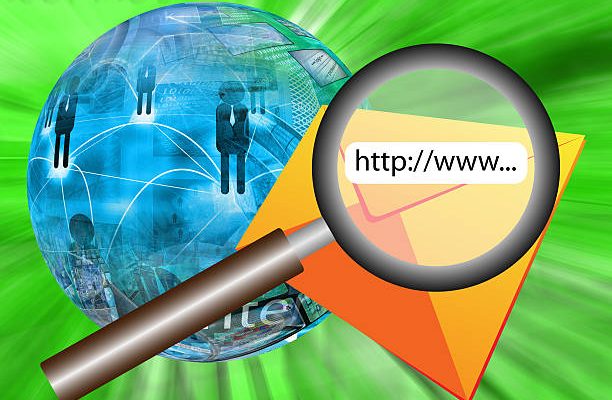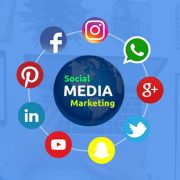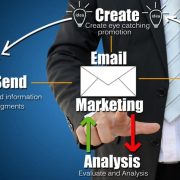In recent years, you’ve probably heard “omnichannel” regarding marketing and retail. The term “omnichannel” has become more than a mere buzzword. What does this mean for your company and marketing efforts?
Omni-Channel Defined
Simple omnichannel is the integration of multiple marketing or sales channels to create a brand experience that’s holistic for your consumers. This customer-centric blended approach provides a consistent brand experience, no matter what your customer does. Your customer experience will be seamless, whether they shop in a store, browse your website, use social media, or interact with your brand via a mobile device, computer, tablet, or other devices.
Omni-Channel vs. Multichannel
The move to omnichannel marketing departs from the more traditional multichannel model. While omnichannel technically is a multichannel approach, where different methods are presented to consumers, it differs because the entire experience is deeply integrated. Whether someone visits you in-store, via their desktop, phone, or on Facebook, the experience will be seamless. All channels complement one another and work together. The same can be said for the brand experience that consumers receive through traditional media, such as radio, TV, or direct mail. Multichannel, on the other hand, means that a company uses different methods of communication, but these may not be cohesive.
Omni-Channel Marketing: Its Importance
Unsurprisingly, brands have adopted omnichannel models due to today’s wide range of technologies. You may be engaging with your customer from different devices. Each device has a different level of intimacy and engagement.
Using an omnichannel approach in your marketing and sales strategy has several advantages for your brand and customers. The following are some of the benefits:
No matter where your customers are, you can reach them. It’s probably the most obvious advantage of omnichannel marketing, but it is worth mentioning. In today’s fast-paced society, reaching out to your customers in a way that they find convenient and relevant is more important than ever. The more channels you use, the better your chances are to reach and engage with customers, regardless of their device or location.
This increases sales. The number of ways you can make a purchase is another clear benefit. Ensure customers can buy your product or service anywhere or how they shop! More likely are they to purchase if more options are available and if it’s convenient for them. Sales can now be made via interactive media such as mobile apps and online. The consumer can also choose how to shop. This makes the experience more personal and fulfilling.
Your customers are always kept informed. Using an omnichannel strategy gives your customers several ways to interact and engage with your brand. If you contact them regularly, there are many opportunities to inform and remind your customers of your brand.
Each interaction is an opportunity to provide a great experience. Your customer will be more engaged if you offer more value and your interactions with them are more consistent. The more engaged your customers are, the better their brand interactions will be with you. The content you share can change the perception of your brand by ensuring your customers have a positive experience in every communication.
It gives you insights and analytics on your customers. You will receive different types of data depending on which channel your customer uses. These data will help you better understand your customers’ habits and motivations. You can then make their experience more valuable and personalized. Using this method, you can create a positive brand experience to increase customer loyalty and trust. The analytic tools included with the different marketing channels will help you measure ROI and track which marketing tactics are most effective for your brand.
You can also make your business more cohesive. You need strategy, planning, and consistency to get all of your marketing touchpoints to work together. This also means you need to become more organized and streamline your business. Every element should be in sync with the vision you are working towards. It is important to align your goals, messages, visual branding, and so on so that everything works together. This will also help you better understand and control your brand. It is also important to consider the back end of your business, where processes like sales, inventory, and merchandising must be efficient no matter how your customers interact with you.
It improves efficiency and profits. Similarly to what we discussed above, an omnichannel strategy makes a business more efficient in customer interaction and back-end. Consistency in all channels leads to increased efficiency. A well-developed brand structure and effective communication channels will help your brand gain the authority to avoid gimmicks such as discounts and sales. This leads to greater profits. In addition, adding new channels to your mix of marketing will give you additional income streams.




















Comments